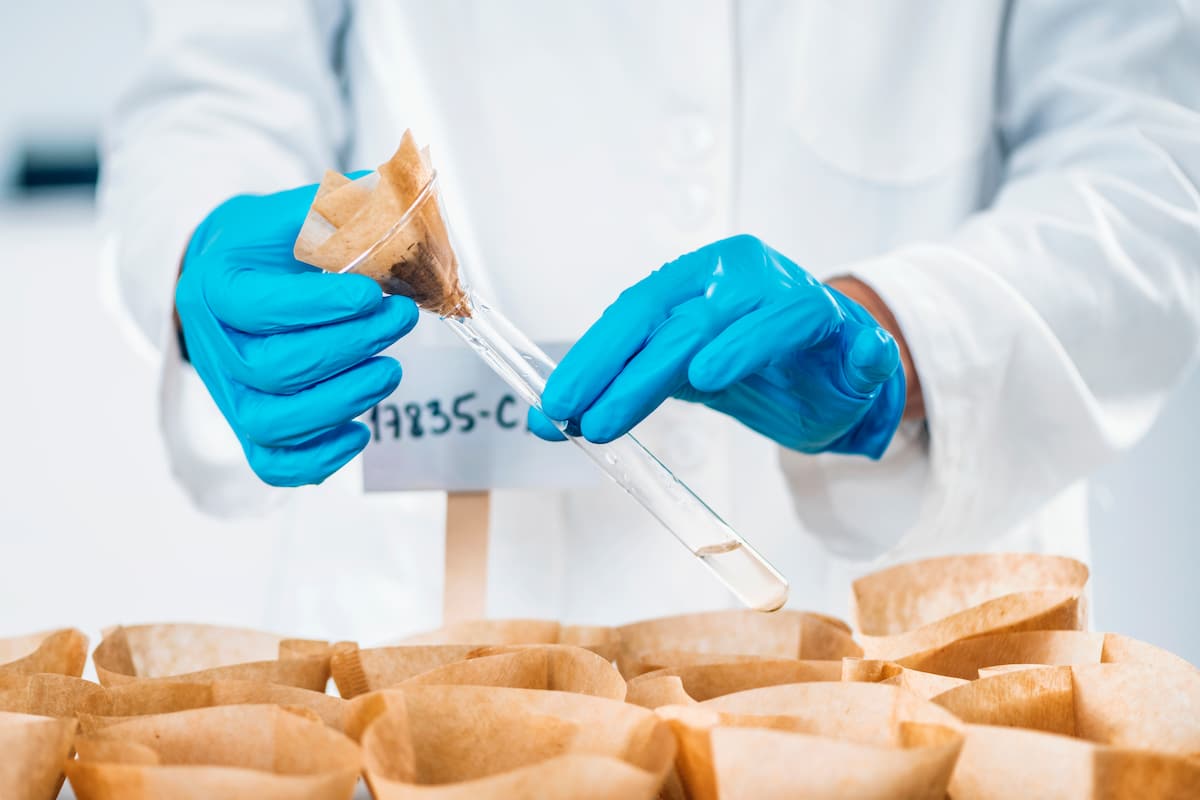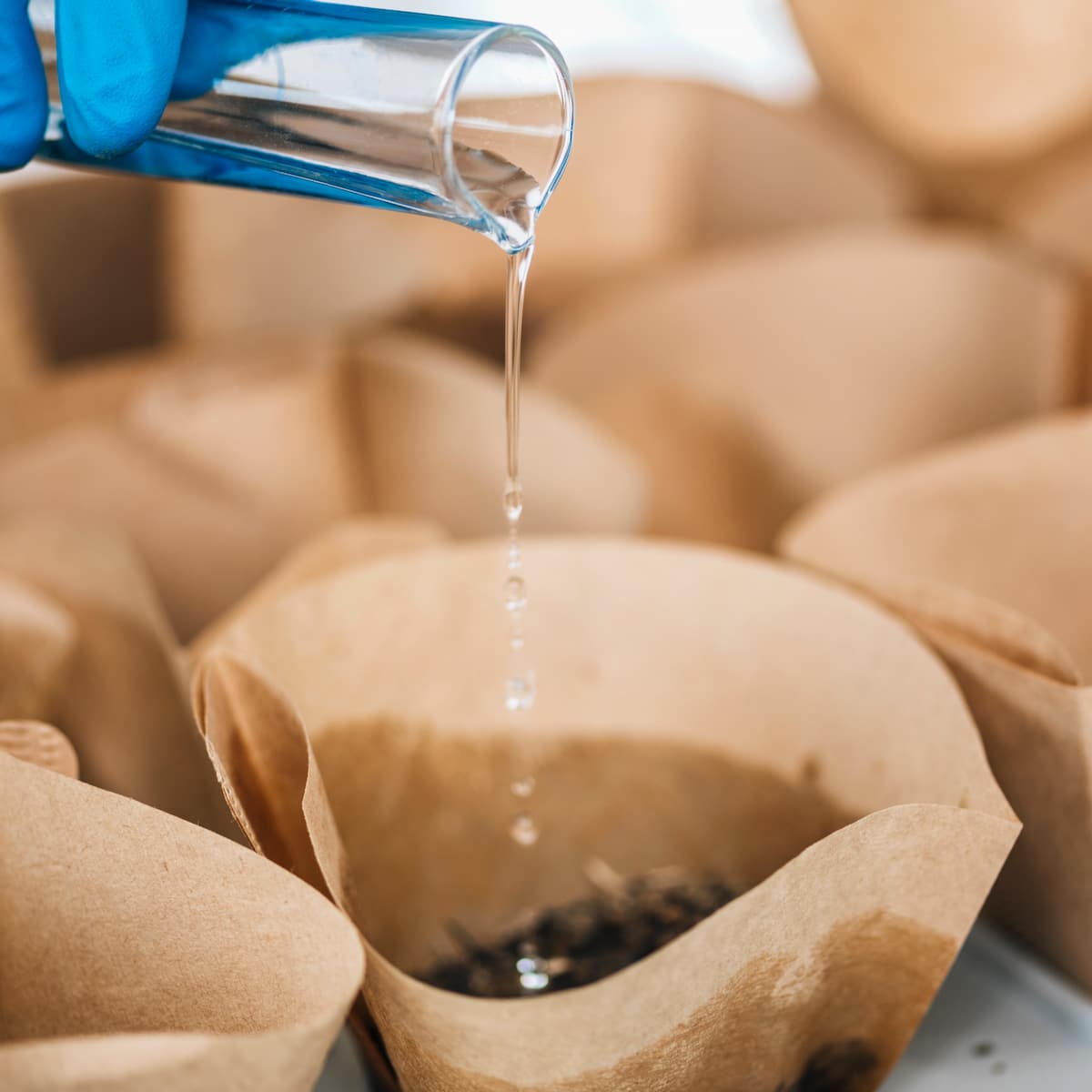Garden soil testing is the practice of examining soil samples to identify their chemical and physical qualities. It involves assessing nutrient levels, pH, organic matter, and other elements influencing plant development. Soil testing results can be used to increase soil fertility and choose the best crops and plants for a particular location. Soil testing is a vital tool for farmers, gardeners, and other land managers to use to keep their soil healthy and productive.
Garden soil testing analyzes soil to determine its composition, including mineral nutrients, organic matter, and soil pH. This information helps improve the soil for planting, as a soil test report can provide recommendations for fertilizers and other soil amendments. A proper laboratory analysis is necessary for accurate results.

Home garden soil testing
Benefits of garden soil testing
The benefits of soil testing are numerous and can help farmers improve the health and productivity of their fields. Some of the key benefits include:
- By giving crops the necessary nutrients, soil testing may assist farmers in increasing agricultural output and overall profitability.
- Soil testing can assist farmers in ensuring consistent nutrient availability across their fields, leading to more uniform crop development and maturity.
- Soil testing may assist farmers in fine-tuning the nutrients their crops require, allowing for more effective fertilizer usage and waste reduction.
- Understanding soil nutrient levels can help farmers decide which crops to sow and how to maintain them for maximum development.
- Farmers may assist in sustaining their farms’ long-term health and production by increasing the soil’s fertility and structure through soil testing.
Why should you test your garden soil and nutrient solution?
It is critical to test your garden soil and fertilizer solution to ensure the health and growth of your plants. Soil pH is essential in plant growth since it affects whether the soil is acidic or alkaline. Most plants grow in neutral soil with a pH of 6.2 to 7.2; others, such as azaleas, may prefer more acidic soil. A low pH can cause dangerous quantities of minerals in the soil, such as manganese.
A soil test will identify which nutrients are deficient and what steps must be taken to enhance soil quality. A balanced nutrient palette is essential for plants to flourish and resist illness. An overabundance or deficiency of a particular nutrient might have a detrimental influence on the health of your plants. For example, tomatoes planted in soil deficient in calcium may suffer blossom-end rotting, but peppers produced in soil deficient in nitrogen would generate excessive leaves.
Garden soil sampling for soil analysis
Soil analysis is an important step in assuring the health and viability of your plants and garden. The following is a step-by-step procedure for collecting a soil sample for analysis:
- Pick the best moment to sample. It’s ideal for sampling your soil in the fall or spring when it’s not too wet or dry.
- Determine the sampling area. Divide a huge garden into smaller portions and sample each section independently.
- Select the appropriate tools. For each sample, you’ll need a trowel or garden shovel, a clean bucket, and a labeled ziplock bag.
- Take a sample of the dirt. Dig down about 6-8 inches into the earth using a trowel or garden shovel and gather a soil sample from that depth. Fill the bucket with dirt from this depth and thoroughly mix it.
- Cut the sample into smaller pieces. Place roughly a pint of the mixed soil in a labeled ziplock bag. Repeat this procedure until you have collected enough samples to send to the lab.
- Keep the samples in a safe place. Keep the samples cold and dry until you’re ready to submit them to the lab.
- Deliver the samples to the laboratory. Most garden centers and agricultural extension offices can tell you where to send your samples for examination.
In case you missed it: 12 DIY Garden Landscaping Ideas: To Transform Your Yard into a Creative Garden

Where to test for nutrients in garden soil
Various testing alternatives, including DIY test kits and laboratory tests through a local cooperative extension office, are available. DIY soil test kits instantly examine your soil’s p, nutrient levels, and moisture and light levels. On the other hand, laboratory tests can give a more detailed analysis and precise suggestions, but they take a few weeks to complete and typically come with a modest price. It is critical to test your soil regularly to maintain your plants’ maximum development and health.
A soil test kit, obtained at a gardening supply store or online, may be used to test for nutrients in garden soil. These kits usually contain instructions for collecting a soil sample and sending it to a laboratory for examination. The laboratory will next evaluate the amounts of critical nutrients in the soil, such as nitrogen, phosphorous, and potassium, and offer suggestions on how to amend the soil to guarantee proper plant nutrition.
Methods of garden soil testing with DIY style
Improving the condition of your soil is a two-step procedure that begins with measuring the existing state of health and then proceeds to make adjustments. The aggregate stability and earthworm count are two significant measures of soil health. Aggregate stability assesses the quality of soil aggregates, with higher aggregation suggesting healthier soil. Microorganisms love earthworms.
Therefore a larger number of earthworms signifies a higher number of microbes in the soil. Dig a square foot of dirt, remove all the soil, spread it out, split it up, and count the earthworms. If you have ten earthworms or more per cubic foot, your soil is healthy; if you have fewer than three, your soil needs effective treatment.
Nutrient, compaction, and soil texture test kits are crucial for determining your garden soil’s health. Before applying fertilizer, it is critical to assess the soil for nutritional deficiencies. A lab test or a home test kit are options, with the latter being less expensive but less accurate. The density of soil, which impacts its capacity to hold air and water, is called compaction.
In case you missed it: 11 Best Homemade Natural Garden Fertilizers: DYI for Houseplants, Vegetables, Flowers, and Herbs

A simple test can determine the level of compaction in your soil, which can be caused by heavy machinery or walking on it. The mineral components of soil, such as sand, silt, and clay, are called soil texture. A soil texture test can be performed by settling the soil in a jar of water or by performing basic tests that offer a general indication of texture. The percolation test is a simple test for home gardeners that examines the drainage capacity of the soil.
Conclusion
A soil test kit may be bought online or at a gardening supply store to check the amount of nutrients in the soil of a home garden. Laboratory tests determine the sample’s nutritional levels. Before planting, it’s crucial to evaluate the soil often to prevent poor plant development. As an alternative, free techniques like employing a soil pH meter or doing a plant tissue test can also reveal some details about the amounts of soil nutrients.
- Ultimate Guide to Ossabaw Island Hog: Breeding, Raising, Diet, and Care
- Ultimate Guide to Juliana Pig: Raising Facts, Size, Diet, Care, and Lifespan
- Raising Lleyn Sheep: Disadvantages, Price, Uses, Characteristics, and Care
- Ultimate Guide to Meishan Pig: Breed Facts, Breeding, Raising, and Care
- Ultimate Guide to Teacup Pigs: Raising, Diet, Lifespan, Cost, and Care
- Guide to Raising Poll Dorset Sheep: Facts, Profile, Characteristics, Uses, and Care
- Ultimate Guide to Bighorn Sheep: Characteristics, Diet, Lifespan, Breeding, and Lifecycle
- Ultimate Guide to Raising Katahdin Sheep: Farming Facts, Breed Profile, Uses, and Care
- Ultimate Guide to Raising Oreo Cows: Belted Galloways Farming Facts, Profile, Uses, and Care